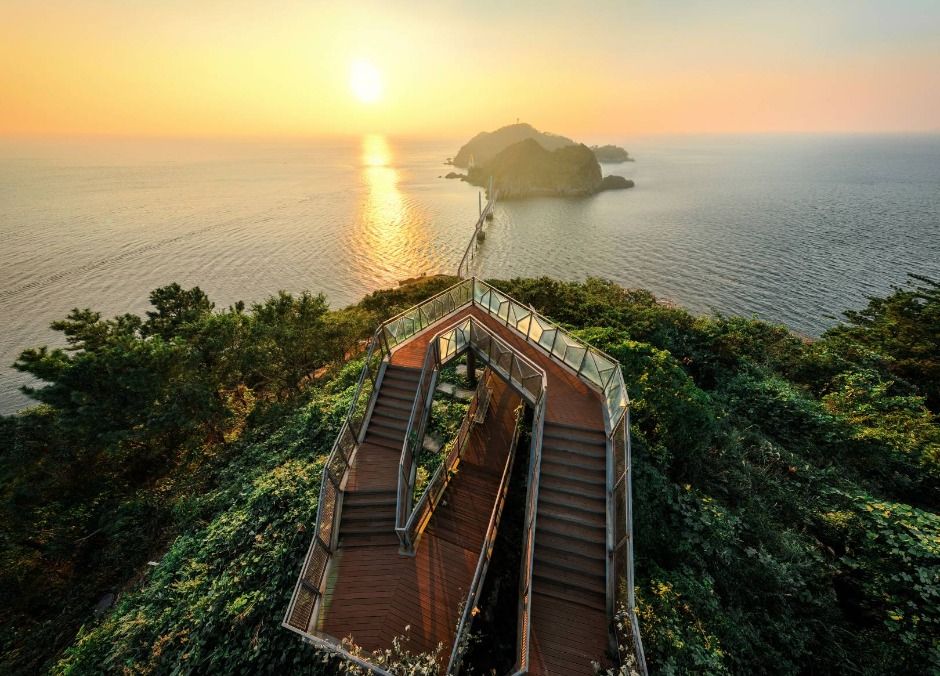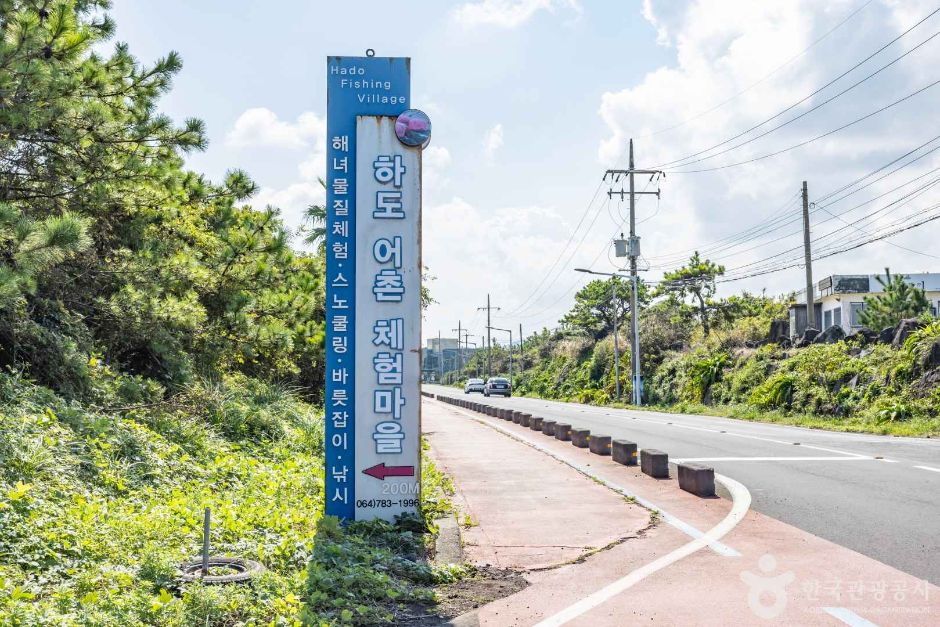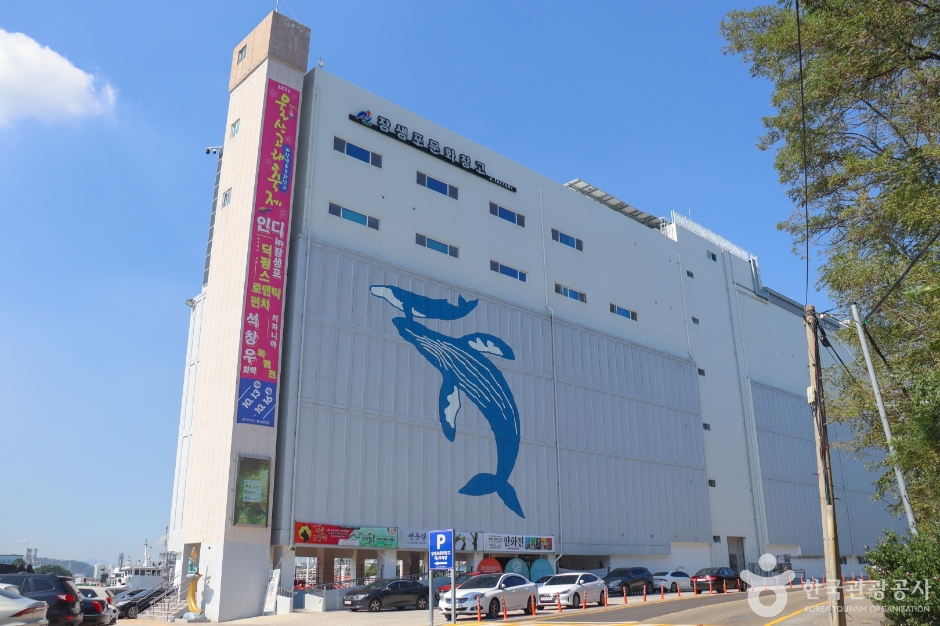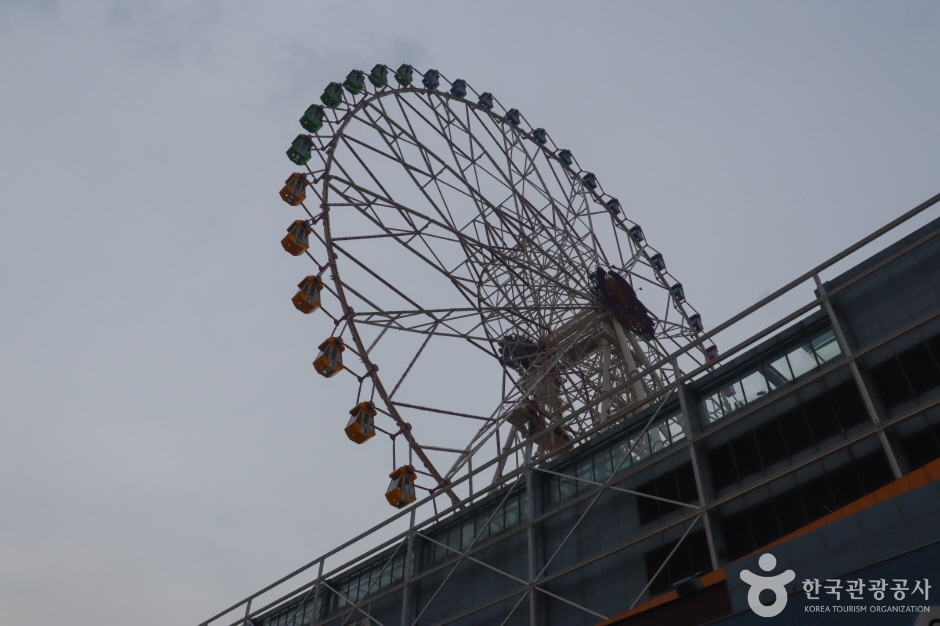Myeongdo Island (명도)
2026-01-02
5 Myeongdo-gil, Okdo-myeon, Gunsan-si, Jeonbuk-do
Myeongdo takes its name from the character “myeong,” which means “bright,” as its clear waters were likened to the union of the moon and the sun. It is also known as Yakdo Island, or “Medicinal Island,” for the wide variety of medicinal herbs that thrive there despite constant exposure to sea winds. Centered around Bangchukdo Island, visitors can enjoy sightseeing cruises and fishing by boat, and admire the island’s beautiful and unusual rock formations. In the mountainous areas of the island, dozens of medicinal herb species grow after enduring the harsh sea winds. The most well-known among them is laserwot, called bangpung in Korean, which is traditionally believed to help prevent postpartum pain syndrome in pregnant women and to offer effects such as inducing perspiration, reducing fever, relieving pain, and alleviating neuralgia, purportedly expelling 36 types of pain. It is also said to be effective in improving concentration, particularly for students preparing for exams.
Hado Fishing Experience Village (하도어촌체험마을)
2025-12-18
Haemajihaean-ro, Gujwa-eup, Jeju-si, Jeju-do
Hado Fishing Experience Village is a relatively unknown destination on Jeju Island where visitors can experience the island’s unique maritime culture and coastal scenery. Among other things, it is home to the Haenyeo Museum, which offers a fascinating glimpse into the lives and traditions of Haenyeo (Jeju’s female divers); the Hado-ri Migratory Bird Habitat, where dozens of species of migratory birds, including rare species, gather; and Hado Beach, known for its clean blue waters and white sand.
Jangsaengpo Culture Warehouse (장생포 문화창고)
2025-12-18
110 Jangsaengpogorae-ro, Nam-gu, Ulsan
The Jangsaengpo Culture Warehouse was originally a cold storage facility that was renovated into a cultural complex in 2021. Spanning six floors, the complex features various galleries, a book café, interactive spaces, a communal workspace, and a rooftop garden offering panoramic views of the surrounding area.
Ulsan Lotte Grand Wheel (울산 롯데 그랜드 휠)
2025-12-17
288 Samsan-ro, Nam-gu, Ulsan
The Ulsan Lotte Grand Wheel is located on the 7th floor of Lotte Young Plaza next to Ulsan Express Bus Terminal. The Ferris wheel offers a 20-minute ride with panoramic views of Ulsan, with options for a general cabin or a crystal cabin, making it a popular attraction among both tourists and shoppers.
Chamin Plastic Surgery (차민성형외과의원)
2026-01-02
4th–6th Floors, Cheongha Building, 503 Gangnam-daero, Seocho-gu, Seoul
ChamIn Plastic Surgery specializes in a wide range of procedures, including revision rhinoplasty, primary rhinoplasty, facelift and mini facelift, forehead lift and forehead reduction, double-chin contouring, eyelid surgery, and various skin treatments such as fillers, Botox, and skin boosters.
All consultations, evaluations, procedures, and follow-up care are provided directly by our medical specialists on a one-to-one basis.
The clinic is structured into a streamlined system with a Treatment Center on the 4th floor, an Operating Center on the 5th floor, and a Consultation Center on the 6th floor.
At ChamIn Medical Center, a gastroenterology specialist provides endoscopy, ultrasound, health check-ups, fecal microbiota transplantation (FMT), and other internal medicine services.
ChamIn Plastic Surgery values trust and professional expertise, offering personalized treatment plans tailored to each individual.
Yonsei GoodDay Dental Clinic Yangjae Office (연세굿데이치과의원 양재점)
2026-01-02
5th–6th Floors, 206 Gangnam-daero, Seocho-gu, Seoul
This is Yonsei Good Day Dental Clinic where English is available. Specialists from university hospitals with more than 10 years of experience gather and treat by field. We provide a wide range of treatment services, including affiliated hotels and tax refund. Experience pain-free dental treatment with painless anesthesia and sleep anesthesia.
Jivaka Beauty (지바카 뷰티)
2025-12-10
6th Floor, 16 Gangnam-daero 102-gil, Gangnam-gu, Seoul
JIVAKA BEAUTY is a trusted and convenient total care solution provider specializing in K-Beauty and K-Health services. We collaborate with a wide range of medical institutions and wellness spas to offer comprehensive care that enhances both the health and beauty of our clients. Leveraging Korea’s advanced medical technology, we have continued to develop customized medical and wellness programs tailored for international visitors. With extensive hands-on experience and proven expertise, we remain committed to delivering exceptional service and ensuring high satisfaction for clients visiting Korea.
Creation & Love Women's Hospital (CLWH) (시엘병원)
2025-12-10
957 Mujin-daero, Seo-gu, Gwangju
Based on over 25 years of clinical experience, Ciel Fertility Hospital provides comprehensive medical services including infertility diagnosis, artificial insemination, IVF (in vitro fertilization), and laparoscopy and hysteroscopic surgery. It is a global infertility hospital that operates an international medical center and provides interpretation and concierge services to patients overseas, including in Mongolia, Russia, and the United States, and guarantees safe and reliable medical services and an environment where patients can focus on treatment.
Donghoon Advanced Lengthening Reconstruction Institute (이동훈연세정형외과의원)
2025-12-10
3th–5th Floor, Superstar Tower, 10 Wiryeseoil-ro, Sujeong-gu, Seongnam-si, Gyeonggi-do
Donghoon Advanced Lengthening Reconstruction Institute specializes in surgical treatments for bone extension and deformity correction, including limb lengthening, deformity correction, osteotomy for osteoarthritis, leg length discrepancy, and more. We oversee the entire process of our patients' treatment, from consultation and examination to operation, recovery, and rehabilitation. Patient safety is our top priority. To ensure the highest level of safety and care for our patients, we are equipped with aseptic operating rooms, uninterruptible power supply systems, SwimEX underwater physical therapy, and a low-dose imaging system EOS.
Saengki Korean Medicine Clinic (생기한의원 강남역)
2025-12-10
14th Floor, Ara Tower, 3 Seocho-daero 77-gil, Seocho-gu, Seoul
Give treatment of skin diseases such as atopic dermatitis, psoriasis, eczema, hives, seborrheic dermatitis, warts, and pompholyx(dyshidrotic eczema)
Micrographic skin diagnosis for the first time in Korea
Development of the stilled medicinal wet dressing
Patent moxibustion for warts and condyloma
Presentation of papers at the World Conference
Treatment method:
herbal medicine and pills tailored to one's constitution / pharmacopuncture, acupuncture, moxibustion, light treatment according to symptoms / lifestyle guidance suitable for one's personal tendency





 English
English
 한국어
한국어 日本語
日本語 中文(简体)
中文(简体) Deutsch
Deutsch Français
Français Español
Español Русский
Русский